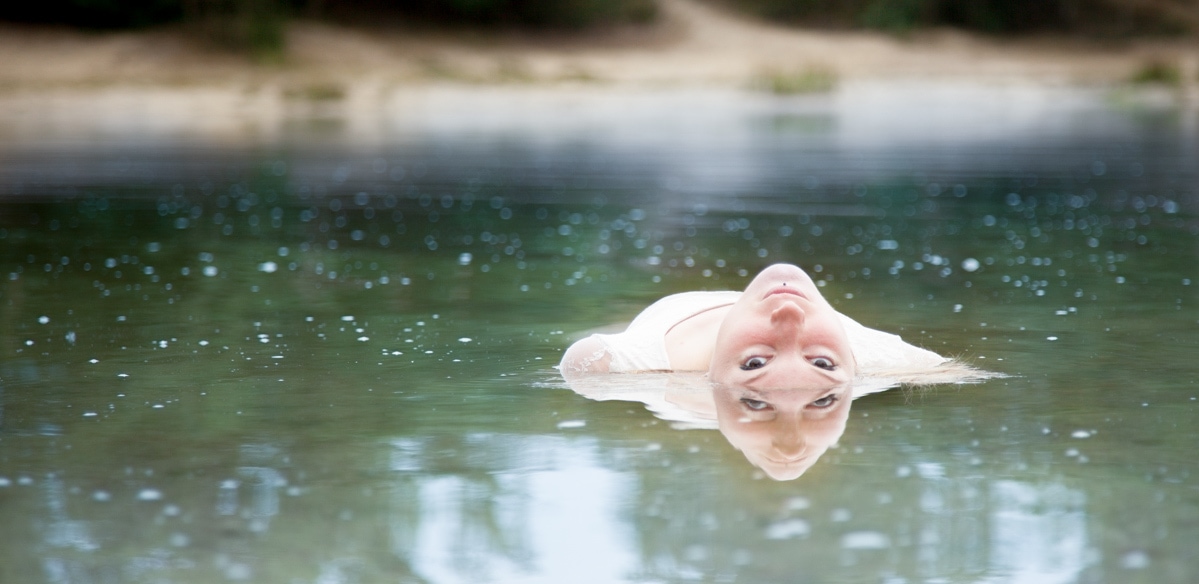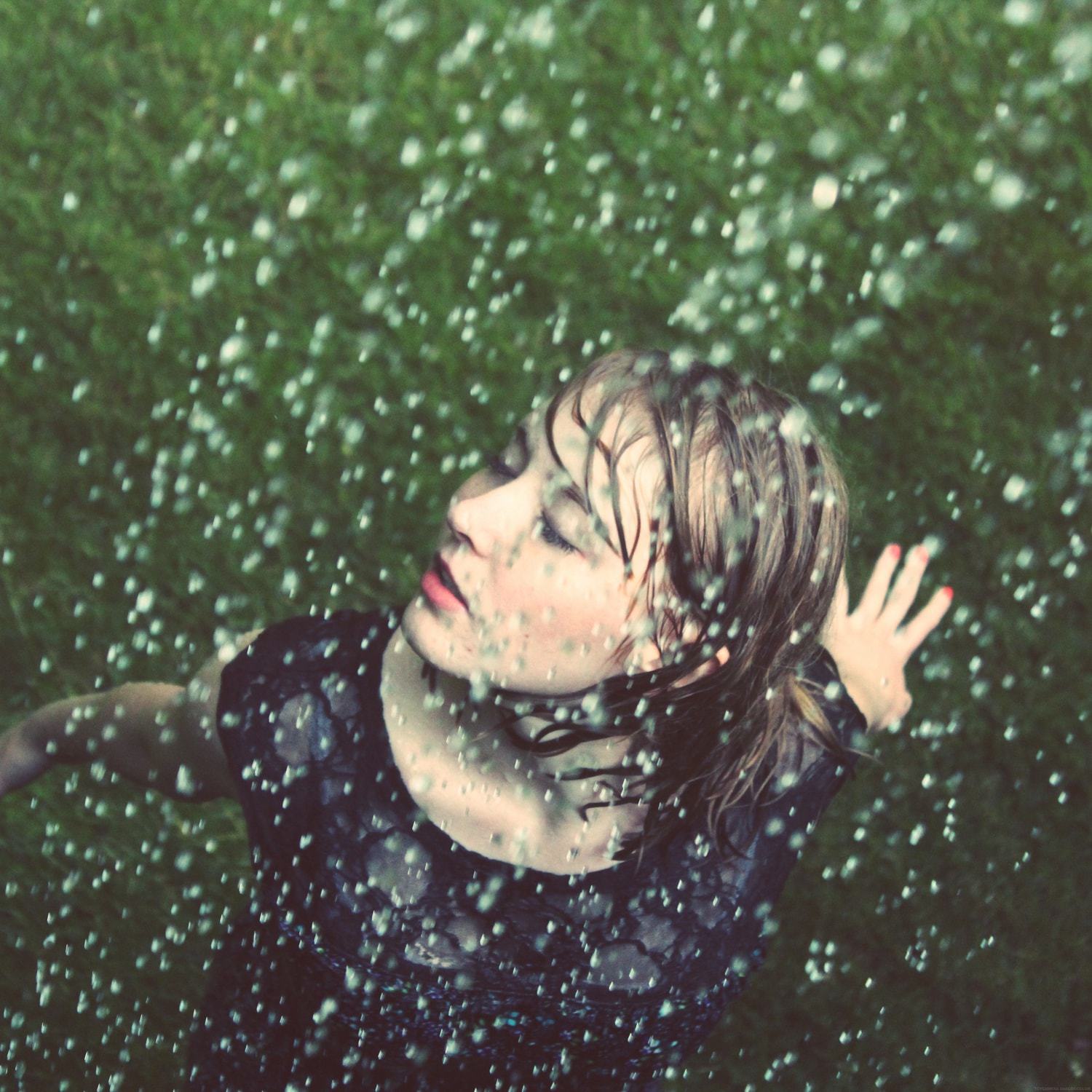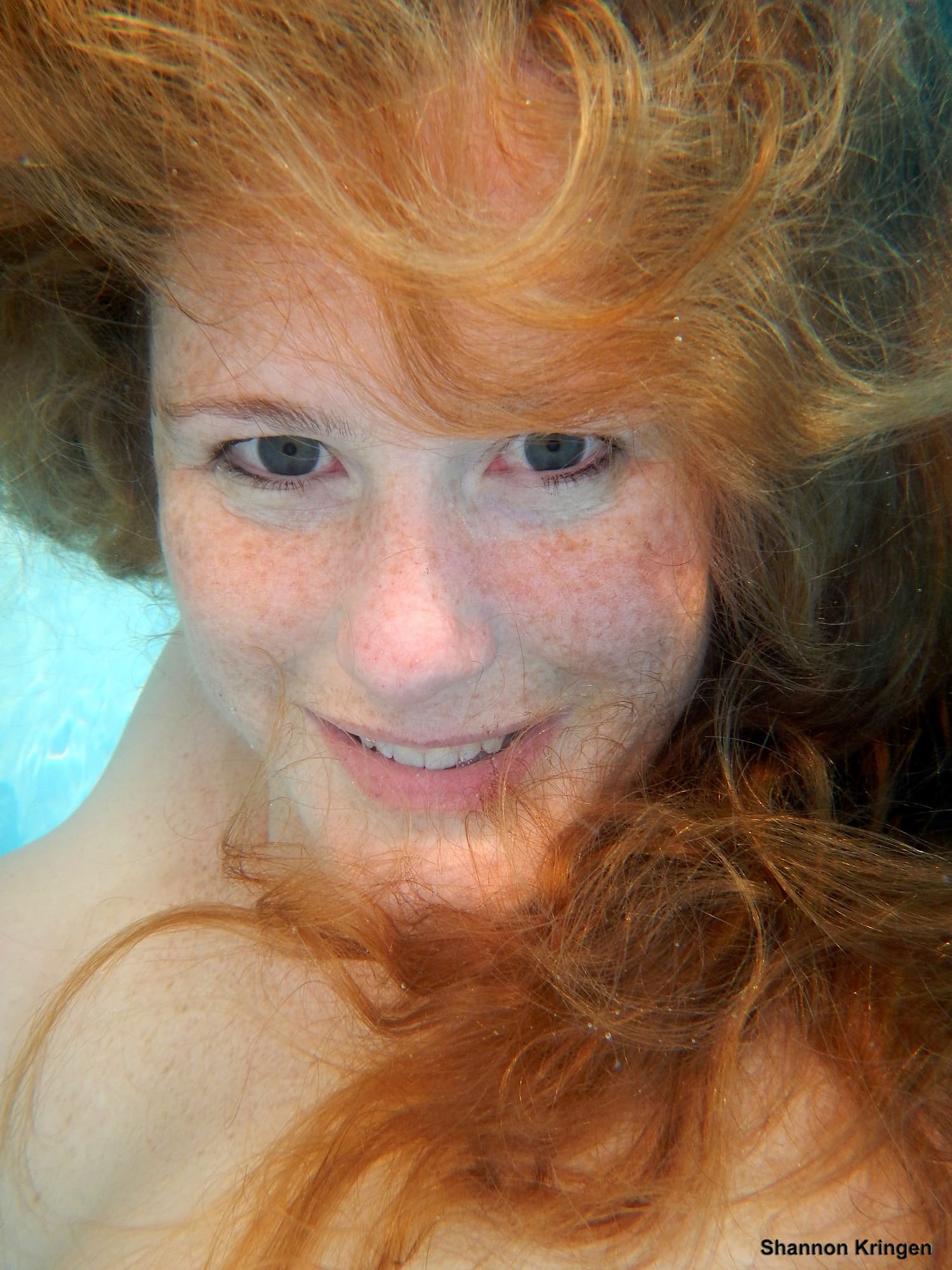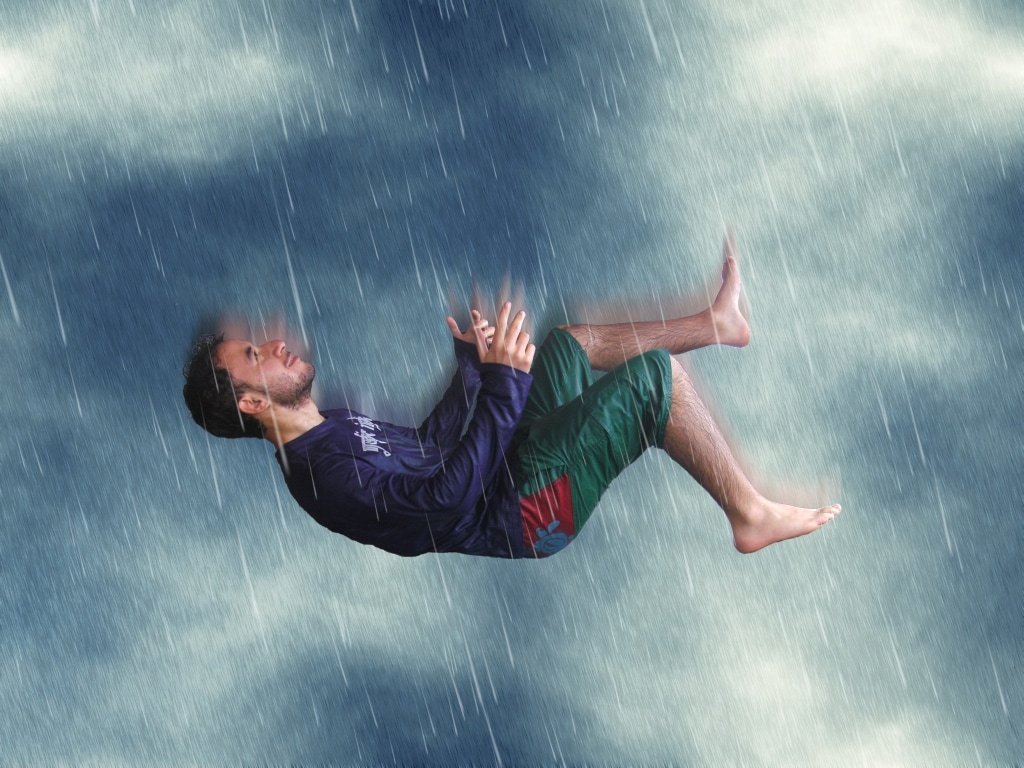Water is a source of life, relaxation, fun... It is perhaps the most precious asset we have on the face of the Earth (although not exactly the one we care for the most) and the one that inspires many artists in any type of discipline. I have no doubt that at some time you have photographed water in some way, in the sea, the rain, a river, a waterfall, a lake, a puddle, a fountain or even a drop falling into a bucket. Like surely you have made more than one portrait and two. Now I ask you, have you tried to make a portrait with water ? We have dedicated many articles to portraiture, in fact, we have dedicated a mega guide to portrait photography with more tips and tricks than you can imagine (don't miss it).
What we had not done up to now is unite two elements that make us fall in love, the portrait and the water. But the day has come and today I am going to arouse in you a huge interest in trying it (if you haven't already). Yes, this time I'm as sure as it seems ? . Do you dare to discover it?
TIPS FOR TAKING PORTRAITS IN THE WATER
The portrait in the water is perhaps the type of portrait with water as a co-star that you will have seen or even practiced the most. It requires a river, a lake, a swimming pool or a little piece of the sea and someone who offers himself as a model.
1. BE VERY CAREFUL WITH THE CAMERA
This is rule number one. Water is the biggest enemy of digital cameras. I specify digital ones because my old analogue one was swept away by an Atlantic wave and once it was dry, the only damage I found were some colored circles in the developed photographs, which by the way weren't that bad ? . But I assure you that my digital SLR will not be caught in a wave. This does not mean that you leave your camera in a closet every time you get close to an aquatic environment, just be careful. Use the strap to avoid falls, stay away from splashing and if you are on the beach and keep it under the umbrella... pay attention to the rise of the tides!
2. TAKE CARE OF THE BACKGROUND
Water can be a magnificent background as long as you don't include other less desirable elements in it or, rather, distractors that add nothing to the portrait.
3. CHANGE THE PERSPECTIVE
Look from another point of view than usual, perspective can be a good element of composition , if you don't believe me here are a few examples .
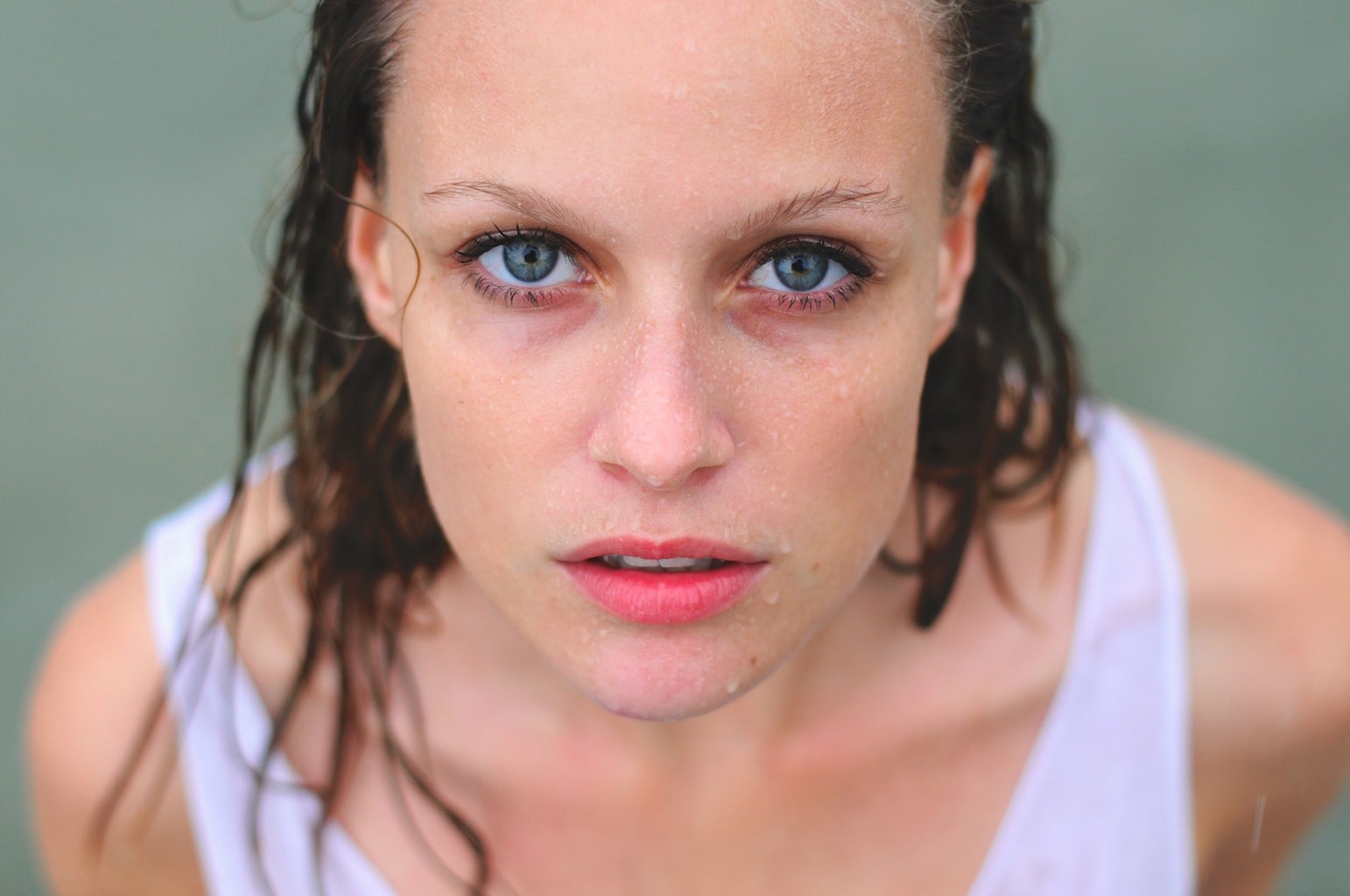
4. NATURAL LIGHT
Unless you are in a bathtub (well, not you, your model), you will have natural light and you can avoid the use of flash, so the result will be much better. If, on the other hand, you are in a place with low light, use it, here is everything you need to know about the flash for portrait photography and some tricks for better use of the flash .

5. DEPTH OF FIELD
Your portrait will be much more impressive if you reduce the depth of field , or what is the same, you work with a large aperture (number f / small).
6. PLAY WITH REFLECTIONS
The water gives you the possibility to capture the reflections, do not miss that opportunity.
